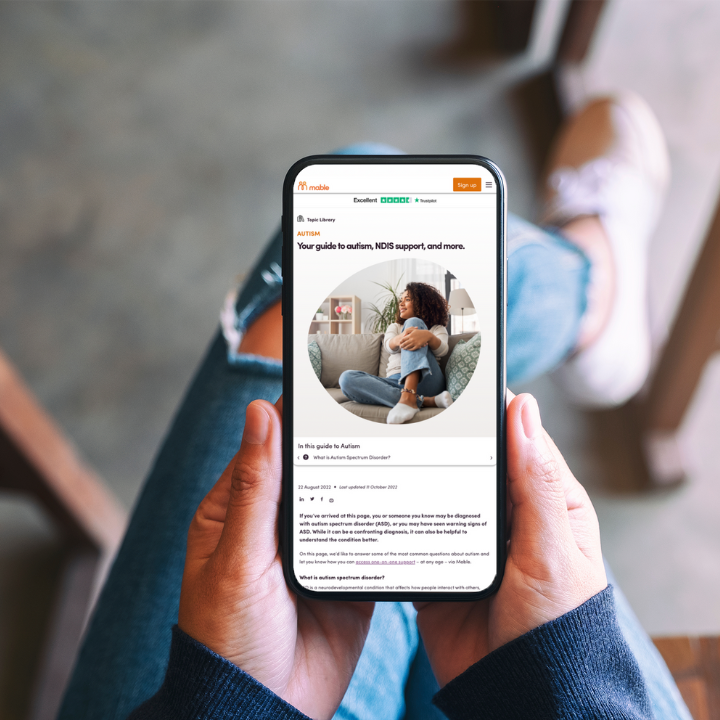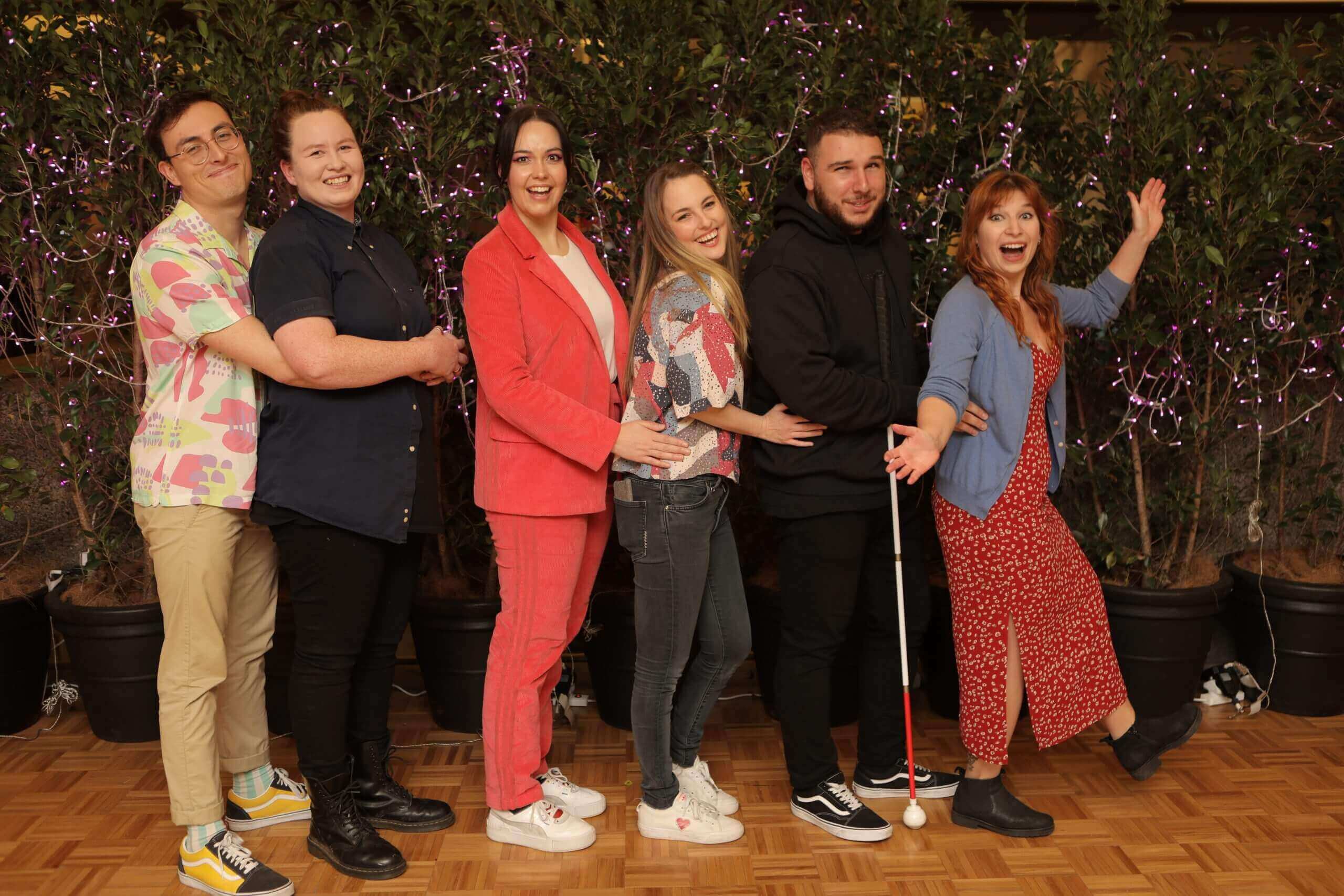These guidelines are intended to help photographers and designers get beyond outdated stereotypes and ensure we use more accurate, respectful and diverse imagery when representing older Australians. Whether you’re briefing the photographer, taking the shots or choosing stock images, here’s how you can take positive steps.
1. Choose people who reflect:
- A range of ages – How old or young are we talking? ‘Older Australians’ might be as young as 50 or 55 or as old as 105 so there is a LOT of diversity there! If the brief is generically ‘older people’, then be sure to choose people representing different older age groups eg. late middle age (say, 55-65) ‘young-old’ (approximately 65–74), ‘middle-old’ (ages 75–84), and ‘old-old’ (over age 85).
- Men and women
- Ethnic diversity – central/south-east Asia (eg. Vietnamese, Chinese, Korean, Thai; Indonesian etc); Aboriginal/Torres Strait Islander; sub-continent Asia (Indian, Pakistani etc); Middle eastern; African; Mediterranean… as well as Anglo Celts
- Both urban and regional backgrounds
- Heterosexual and non-heterosexual
- A range of abilities – active people with no physical disability; people with physical disabilities (walking stick, walking frame, wheelchair, scooter)
- A range of personal ‘styles’ and ‘types’ – not all stereotypical ‘gran and pa’ representation. Eg. cool and arty, sporty, conservative, business people, casual and modern, dressed up for evening or special event, traditional dress (eg some cultures).
2. Choose settings, backgrounds and activities that reflect this normal diversity:
- For older people’s homes, explore old/new/clean/messy/tidy/small/large/modern/urban/regional etc – a diversity of décor, styles and states.
- For older people’s activities, think shopping, socialising, working, exercising, ‘making things’, cooking and eating, participating in civic activities, being political, caring for others etc. And think about diversity in each of these activities. Remember, the activities of older people are largely just the same as activities of younger people.
- For older people’s locations, try to show diversity across different parts of Australia (or at least the appearance of that diversity) eg:
- Busy, urban, city setting
- Suburban
- Rural or semi-rural/regional
- Outback or appearance of it
- Different climates – summer, winter etc
3. Show multi-generational diversity and engagement. Older people do not live in a parallel universe to younger people. Mix it up and show the generations together – it’s normal.
- Socialising – eg. chatting with friends, family, neighbours, colleagues – in the street/park; café/restaurant; club (eg. bowls or clubhouse setting); family meal (multi-generational); front veranda; workplace; hobbies etc
- Purposeful participation in activities – eg. volunteering (land care? Museum? CWA? School reading helper?); attending and participating in meetings or other community or political forum or cause; building and making things; working together etc.
4. Keep the people and the imagery real
Unless there is a good contextual reason, don’t overemphasise ‘extraordinary’ or ‘heroic’ older people – the ‘forever young and beautiful’ women and men; the octogenarian marathon runners; the skydivers, weightlifters etc. Yes, there are those lucky or driven people, but they do not represent the mainstream norm and are – for most of us – unachievable and unnecessary role models for ‘ageing well’. We are all growing older in different ways and usually doing pretty well and we can show and celebrate that.
Some helpful do’s and don’ts
Do:
- Show older people as a hugely diverse group – diverse in age, size, shape, interests, abilities, appearance, personal style, culture, socio-economic status, ethnicity, sexuality etc, etc – just like people at any age and stage.
- Show older people as citizens and individuals with the same ordinary rights and responsibilities as all citizens – demonstrate ordinary strengths, capacities, agency and independence in daily life.
- Show older people hanging out with people of different ages (multi-generational)– eg. volunteers of different ages working together; family members from different generations enjoying time together; workers of different ages; friends socialising etc
- Keep it real – natural images of real people are much better than images too contrived or staged; or subjects too pressed and perfect.
- Show a range of normal emotions in appropriate contexts – joy, surprise, disappointment, annoyance, sadness, excitement, relief etc, with an emphasis on positive imagery.
- Where support workers are involved, show the relationship between the support worker and the person being cared for as equal and respectful. Especially where it is in a healthcare setting or at home with a paid/contracted care arrangement, try to communicate a mutually supported teamwork approach – ‘doing with’, not ‘doing for’ or ‘doing to’.
- Where support services (care workers, community transport etc) and special equipment (eg. mobility aids like walking frames and sticks or scooters or special chairs, for example), are shown, try to show these things positively as ‘enablers’ that help people to remain independent and continue to do the things they want to do.
Don’t:
- Show the older person as inherently weak and needy. Even when unwell or requiring assistance (often especially then), people need to feel they have agency and a voice.
- In physical positioning of subjects, beware paternal and patronising body language on the part of health professionals and carers. Eg. Don’t have assistants or carers standing or leaning over the seated older person, perhaps with an arm around them, looking benevolent and protective (superior) while the older person appears small, weak and vulnerable.
- Show all older people smiling as kindly and benign …regardless of the situation. It’s a stereotype that many find offensive. Smiles can be strong and empowered.
- ….at the same time, don’t show older people looking lost, lonely, frightened or depressed, except in designated contexts.
*For more information about ageing, ageism and older people, take a look at the EveryAGE Counts campaign, developed with Behaviour Change Partners’ Paul Fishlock, and download the magazine, The Real Old.
You might be interested in

Empowering choice and control through information
Knowledge is power. Knowledge shared is power multiplied ~ Robert Noyce More than 25 million people call Australia home. Of those, more than 518,000 access the National Disability Insurance Scheme (NDIS) while more than a million receive support from aged care services in Australia, with over 208,000 of whom have accessed the Home Care Packages […]

Mable supports the laughs at Vivid
About the author: Lana Hallowes is a freelance writer and mum of two boys, who are growing up much faster than she’d like. She loves writing for Mable and is an advocate for inclusion, being hearing impaired herself and living in a neurodiverse household. Picture this: Standup comic Madeleine Stewart stands on stage recounting the […]
